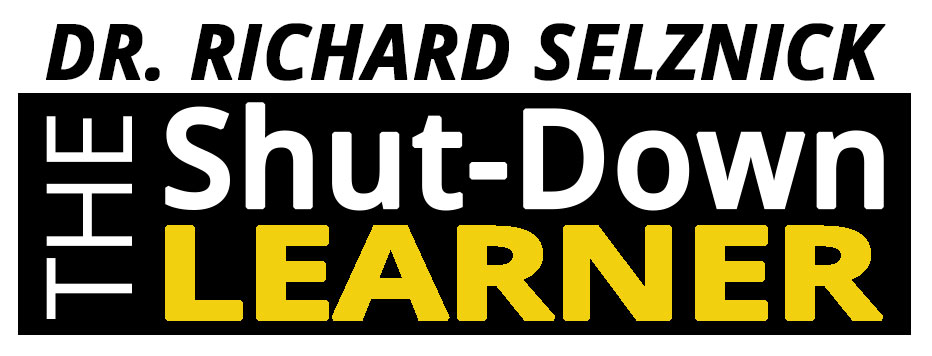Math Word Problems – “I’m Just Not That Smart”
Mathematic word problems are quite popular in school. Starting in the early grades they become the primary vehicle for developing mathematic skills.
Unfortunately, for many of the children, even if they show good mathematic facility, they start to believe they are “bad in math” because of their poor showing on these problems.
Cayla is a recently-turned 7-year-old second grader. While Cayla has memorized some common (sight) words, she shows signs of struggling with any words that were she has not memorized.
As a result, Cayla was starting to say things like, “I don’t think I’m very smart.” “I think I have a bad memory.” “The other kids around me are much smarter than I am.”
After evaluating Cayla, it is clear why she was having those feelings.
Even though her cognitive functioning was well above average, Cayla was an inefficient reader who had trouble with virtually all of the words in the text that were beyond her sight memory.
While reading middle first-grade passages out loud, Cayla’s reading was choppy and erratic. There were numerous substitution errors that interfered with her capacity to understand what she was reading (such as reading “tane” for “train,” or “fleerer” for flower.”)
In contrast, Cayla showed a good facility for any mathematic computation. A screening of Cayla’s mathematic computation skills noted her to be in the 95th percentile compared to other children her age.
In contrast, her mathematic word problem score placed her in the 15th %ile.
Here were two of the word problems that Cayla was asked to read for a recent school test. (There were ten total.)
“Steven has a black leather strip that is 13 centimeters long. He cuts off 5 centimeters. His teacher gives him a brown leather strip that a 16 centimeters long. What is the total length of both strips?”
“An ant walked 12 centimeters to the right on the ruler and then turned around and walked 5 cm to the left. His starting point is marked on the ruler. Where is the ant now? Show your work on the broken ruler.”
Some of the hypotheses offered for her poor word problem performance were attributed to either issues of distractibility and inattentiveness (with the implicit suggestion that Cayla should be seen for medication) or problems with reading comprehension.
The fact of the matter is that Cayla simply couldn’t read the word problems with any degree of success.
As noted in the ones above, there were at least 10 different words within these two problems that Cayla could not read on her own.
Words such as “leather, recently, centimeter, ruler, length and strip,” were simply not in her level of reading ability.
Takeaway Point
Mathematic word problems are very popular in school within almost all grade levels starting in early elementary school. If a child is struggling with these, make sure you have a pretty good sense as to what is contributing to this difficulty.









